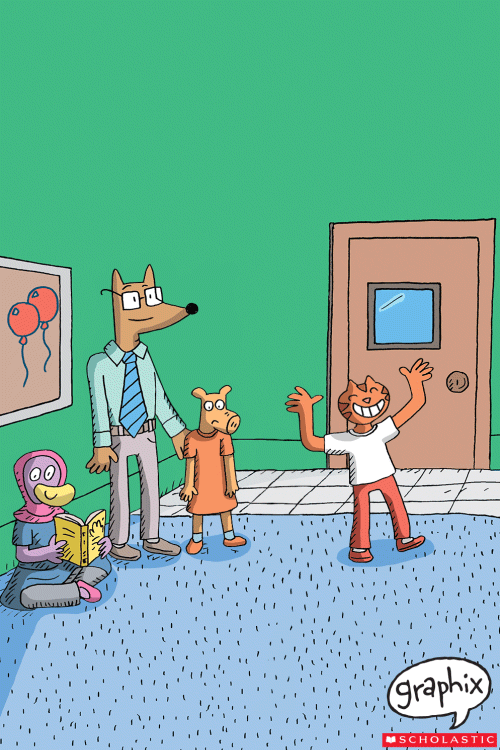Hopkins is dedicated to supporting struggling learners in many different areas of their education. Many of the families that contact us have a child that struggles with dyslexia. Parents share with us that the leading dyslexia tutors in Denver are too expensive for their budget and struggle to make a connection with their child (allowing for learning to happen). We consistently add to our teaching tool belt at Hopkins to support the struggles of children with Dyslexia.

A short time ago we attended a professional development conference that covered teaching and parenting students struggling with dyslexia. Dyslexia is a common language-based learning struggle for many children and adults and one of the most common causes of reading, spelling, and writing difficulties. Not to mention, one of the most mystifying learning struggles for parents to understand and provide support.
I have gathered some useful information for parents (and teachers) working with children who struggle with dyslexia.
Dyslexia Defined
Dyslexia is a specific reading disability that affects the way the brain processes graphic symbols, like letters and numbers. It affects a child’s ability to read and write, as it is neurobiological in nature. Dyslexia is often paired with other disabilities, including Autism and ADHD.
Learning and the Dyslexic Brain
Learners with dyslexia think differently and often need a different kind of instruction than what other learners need. With dyslexia, it can take longer to process information, so reading and writing may take longer to master as well. Often, people with dyslexia have great spatial reasoning and creativity.
Advice to Parents
The International Dyslexia Association recommends a structured literacy approach as the best way for students with dyslexia to learn. A structured literacy approach is explicit, direct, cumulative, intensive, and focused on language. Couple that with intentional and personalized instruction based on a child’s interests, and a child with dyslexia can thrive.

At Hopkins Education Services, we use a variety of tools and strategies when working with students with dyslexia, regardless of age. First and foremost, if a child struggles with reading, then it is crucial to introduce engaging texts that interest the child. If the book or text is boring or uninteresting to the learner, they aren’t as likely to pay as close attention to the process of learning as they are when reading and learning about something that interests them.
Strategies for Teaching Dyslexic Learners
Multi-sensory teaching: Utilize all learning pathways in the brain: visual, auditory, and kinesthetic/tactile. Tap into a learner’s strengths and build on what they already do well.

Audiobooks: Many people believe the myth about audiobooks that they don’t really help a child learn to read, that it’s “cheating.”
But the reality is, whether you are reading with your eyes or with your ears, reading is the process of taking in information. The brain collects information with the ears and processes that information accordingly. Audio books also help learners access content and vocabulary, helping them gain confidence. Additionally, hearing a text boosts comprehension, fluency, and decoding skills.
Reading every day!: A student who reads for 20 per day (that’s 3,600 minutes per school year) encounters about 1.8 millions words in a year. Compare that to a student who reads only 5 minutes a day. That’s 900 minutes in a school year and only about 282,000 words. So when it comes to reading, more is truly better! Find topics that interest your child, read to them and with them for at least 20 minutes every day. Increase comprehension by asking them questions about what they are reading. These conversations will increase confidence in your reader, and will support their comprehension of the reading. The reading may be slow and they will resist, remember to praise the effort to develop resilience and a good work ethic in each child.
Font size and trackers: If you have the option, choose large print text, or if you’re reading on a tablet, increase the text size so there are fewer words per page. A page filled with tiny words and little white space is much more intimidating and visually difficult to process than a page with larger words that are spaced apart. Use a tracker, even if it’s just your finger, to track the words read. For younger learners, you can point to the words being read, and for older students have them track using their own finger, or even something like a notecard or bookmark. If using a notecard or piece of paper, try tracking from the top town. Cover up the words as you read them, showing only the words left to read. This will help build fluency. You can also try reader strips, which are trackers with one highlighted stripe in the middle that highlights the line of text to read.

Regardless of the strategies you use, make reading an enjoyable experience.
for struggling readers. Share your struggles with reading and let them know that they are not the only ones who struggle to read. Remind them they just are not good at it yet. Read your favorite stories aloud and share your love of reading with kids can make a big impact!


















